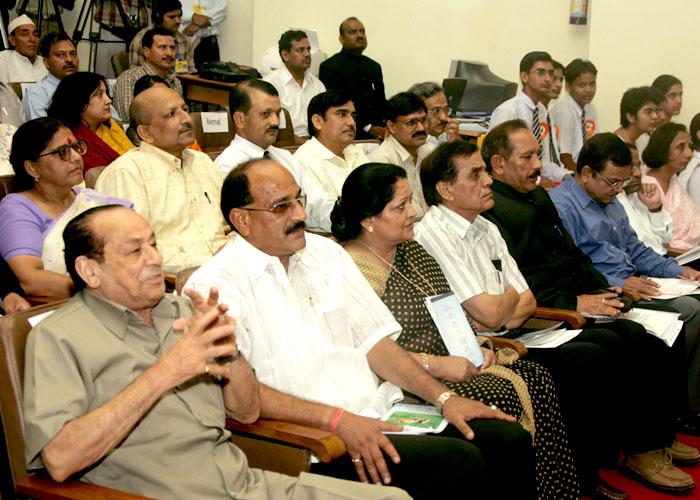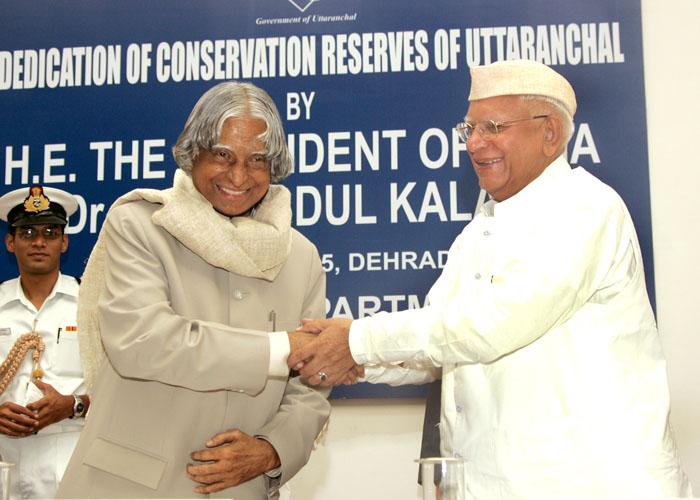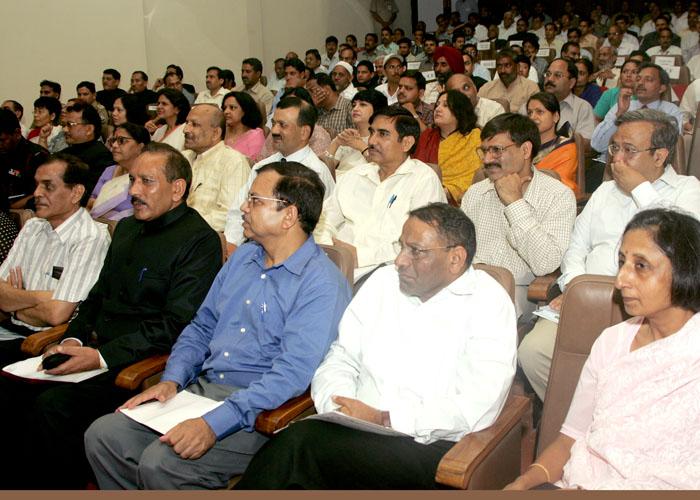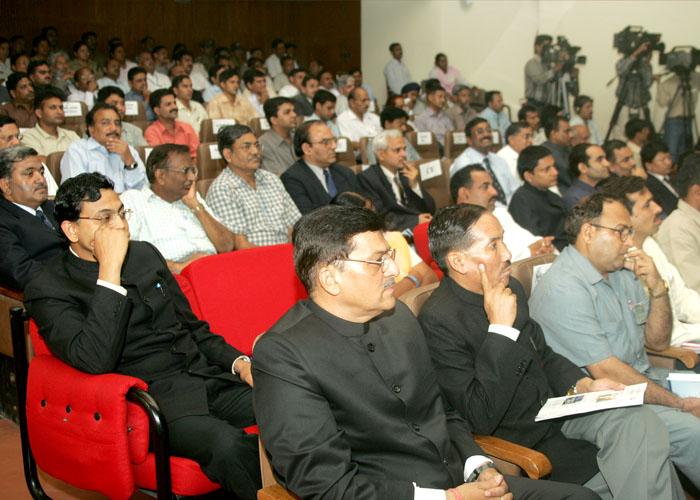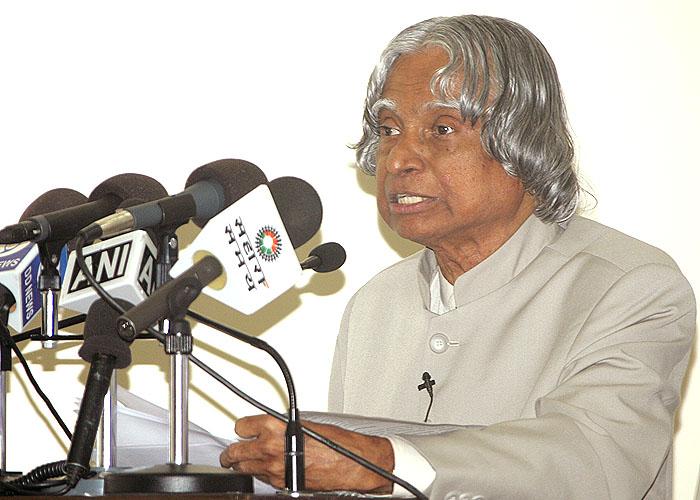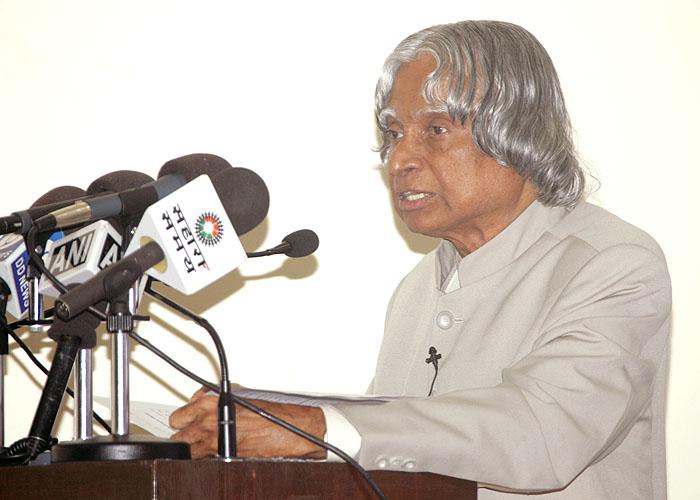Address at the Dedication of New Conservation Reserves of Uttaranchal, Dehradun
Dehradun : 14-08-2005
Innovation in Conservation
I am delighted to participate in the dedication function of New Conservation Reserves of Uttaranchal. My greetings to the Forest Department of Government of Uttaranchal, and the members of ASAN Wetland and Jhilmil Jheel Conservation Reserve. I am happy to know that Uttaranchal is the first state creating Conservation Reserves with the intention of involving local community in conservation action.
People's movement for Conservation
This Conservation should provide protection to migratory water birds and endangered swamp deer in the country. It should also become an area of eco-tourism and provide employment opportunities to the local community leading to sustainable conservation. The local community around Jhilmil Jheel has lived in harmony with swamp deer and has never complained about crop damage caused by deers. The agricultural scientists and forest technologists should carry out research and establish certain shade tolerant plants and creepers, which can provide sustainable agricultural income to the local community. In addition, the State Government may create adequate infrastructural, simple and elegant facilities for the tourists to visit the area in a natural environment. The botanists and zoologists of the Universities in Uttaranchal should work together and bring out a compendium of rare plants, rare birds and animals of this area which can provide a virtual tour for the nature lovers.
Capacity Building
There is no doubt that community participation is the best way for conservation. The country has been losing tigers in Ranthambore, Palpurkano, Rani Durgavati, Namdhapa, Dampa, Palamou and Nagarjuna Sagar reserves. This brings out a message that we have to create a mechanism through which the conservation is done by people who love animals and nature. Thus, there is a need to build an attitude and capacity among locals who can look after the rare birds, animals and plants in this area through interactive training programmes. Also, we have to create avenues for revenue generation for them in the reserve area itself, either through tourism or through special bio-diversity products which can grow well in the area. This programme must be organized by the Government at the earliest so that the community which has been entrusted with the responsibility of preserving the reserves is assisted in the process for better results.
Now I would like to share with you my experience in Rashtrapati Bhavan.
Bio diversity - Theme Gardens at Rashtrapati Bhavan
In Rashtrapati Bhavan, I was debating how to utilize the land fully, with experts during the morning walk. The discussion led to the need for India to add value to special herbs and medicinal plants. Hence, the necessity of the herbal garden was felt and it was established in Rashtrapati Bhavan to demonstrate the importance of value addition, to the farmers.
At a second location, we went for Jatropha Curcas bio-fuel farm, as the Government has decided that upto 10% bio-fuel can be mixed with diesel. This indeed is a very big economic proposition and employment generator. The Jatropha curcas gives a very important message of cultivation of bio-fuel plants with minimal water. The farmers learn about the Jatropha cultivation and the conversion of Jatropha into bio-fuel that can substantially increase the earning capacity of the farmers.
Friends, I observed, unlike our societies, there are some plants that co-exist. They are common to many religions and are valued. Keeping this in mind, we started a spiritual garden at a third location. The spiritual garden has certain plants, which are valued by people of different religions. We grouped these plants in such a way, so that thousands of people when they see it, they may learn from the spiritual garden how to co-exist. The spiritual garden seeks blossoming of harmony in the hearts of people leading to unity of minds.
The herbal garden illustrates to the farmers, how to raise herbs and aromatic plants and add value to their products, by extracting, storing and marketing the products. This is being done in partnership with National R&D Laboratories at Rashtrapati Bhavan. Important medicinal plants, shrubs and herbs are grouped according to their curative properties of diseases of a particular system of the human body. Rashtrapati Bhavan in partnership with Central Council for Research on Ayurveda and Siddha, Department of AYUSH under Ministry of Health and Family Welfare and Flavour and Fragrance Development Center under Ministry of Small Scale Industries, Kanauj, UP will convert the herbal wealth of Rashtrapati Bhavan into medical products. Visually challenged people can feel the plant, smell the leaves and learn about their various attributes of the plants, through the Braille boards.
Rashtrapati Bhavan has a "Bio-diversity Park" with birds and animal species in a forest environment. To our happiness the bio-diversity park has become a dynamic abode for many lives. It is a treat for nature lovers. In this way, Rashtrapati Bhavan was able to offer something of value to the farmers, enriching experience to the visually challenged people, inquisitive learning experience to the students, inspirational experience to the people of different religious faiths and spiritual personalities and above all bliss to the lovers of beautiful flowers in the Mughal Garden. Normally, Rashtrapati Bhavan receives about 300,000 visitors in a year. However, this year, Rashtrapati Bhavan attracted over 1.5 million people including farmers, horticulturists, students, small scale industrialists and nature lovers.
I am sure, this experience will inspire the people of ASAN Wetland and Jhilmil Jheel Reserves to work and create a natural environment of birds, animals, flora and fauna in the area, which will attract a large number of tourists to this place. While attracting tourists, we should also be careful to preserve the serenity of the place and enhance the original beauty.
Conclusion
I congratulate Uttaranchal for preserving the largest area of forest and undertaking an innovative approach to conservation. Bio-diversity is a gift of nature to Uttaranchal. It should not be allowed to get destroyed with man's greed. But bio-diversity, by its nature wants to give a lot for the benefit of human. It will give us economic strength. It will be a healer. It is essential for the Central and State government to preserve the bio-diversity and at the same time use it as a friendly economic entity. We should consider Uttaranchal as a bio-diversity dense region and there has to be an integrated mission to harness it. Scientific research and technological advancements has to go together. Researchers in Pharma industries have to work together to provide cost effective herbal drugs to common man, as the herbal drugs will have least side effects. This can be done by Uttranchal Government in collaboration with Department of AYUSH under Ministry of Health and Family Welfare, Government of India. I am happy to dedicate the ASAN Wetland and Jhilmil Jheel Conservation Reserves to the nation. I would once again like to congratulate the Uttaranchal Government and all those associated with this Forest Conservation Mission for their novel idea of bringing about community participation in this societal action.
My best wishes to all of you. May God bless you.

